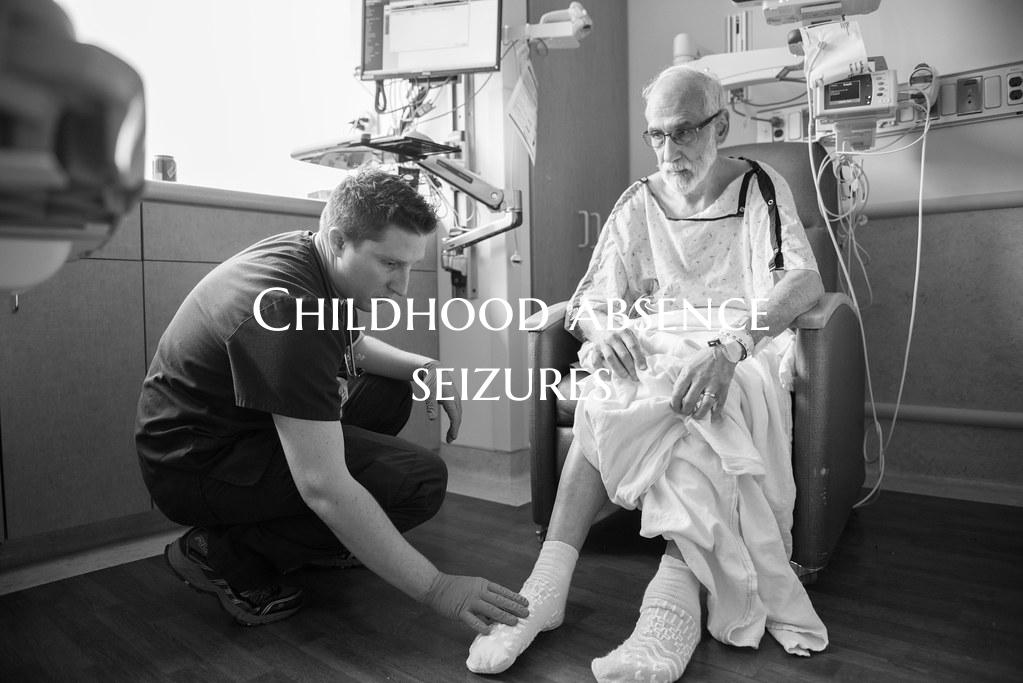
Childhood absence seizures
Childhood absence seizures, also known as petit mal seizures, are a type of epilepsy that commonly affects children between the ages of 4 and 12. Unlike other types of seizures, absence seizures are brief and often go unnoticed or are mistaken for daydreaming.
During an absence seizure, a child may appear to blank out or stare into space for a few seconds. They may also exhibit rapid blinking or slight twitching of the lips. These seizures usually last for 10 to 30 seconds and the child quickly resumes normal activities afterwards. In some cases, a child may experience multiple absence seizures throughout the day.
It is important for parents and caregivers to be aware of the symptoms of childhood absence seizures so that they can seek appropriate medical attention. Diagnosis is typically made through a combination of medical history, physical exams, and EEG (electroencephalogram) tests.
Treatment for childhood absence seizures may involve anti-seizure medications prescribed by a neurologist. With proper management, many children with absence seizures are able to live normal and healthy lives. Regular follow-up appointments and medication adjustments may be necessary to ensure optimal seizure control.
It is important for caregivers and school personnel to be educated about childhood absence seizures and how to respond in case a child has a seizure. Creating a safe and supportive environment for children with epilepsy is essential for their well-being and overall quality of life.